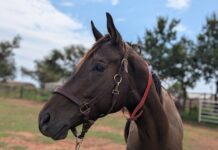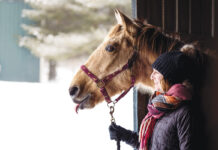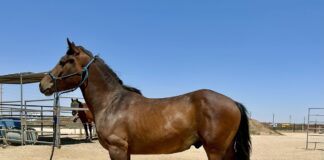The wild Mustang is as much of a symbol of the American West as the cowboy, the cactus and the tumbleweed. Opening movie and television show credits flow over a scene of wild horses running through barren land. They capture the imagination of every horse-loving human.
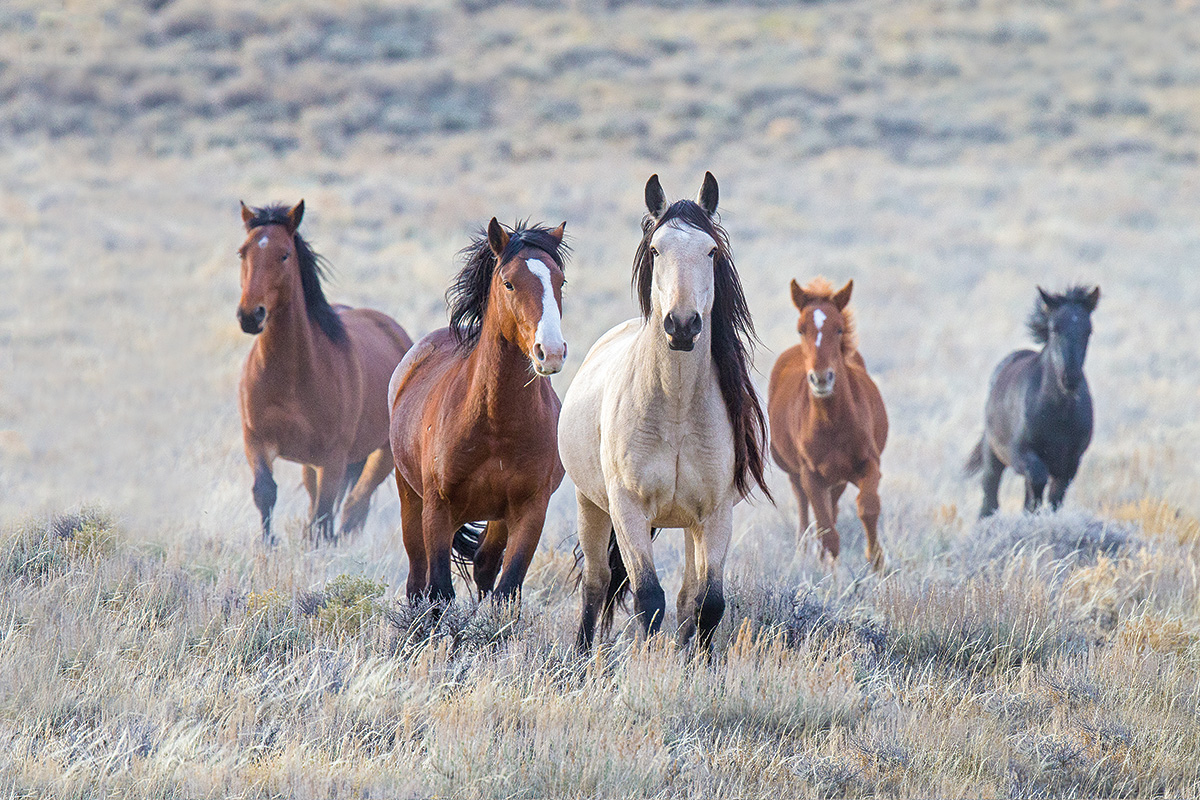
No Room to Expand
The big issue between passionate supporters of the wild horses and supporters of the BLM is what seems to be dwindling acreage making it difficult for the wild horses to find enough to eat and drink. However, according to the BLM, the acreage isn’t shrinking—the population is outgrowing the land they have.
The difficult position for the wild horses is that the size of their habitat has not grown with time. The 1971 Wild Horse and Burro Act says that the BLM can only manage wild horses and burros where they are found when that act was passed. This means that the land inhabited by wild horses in 1971 is the same range they can inhabit 52 years later.
Jason Lutterman, public affairs specialist with the BLM, says that because of this act, the BLM is not able to move horses to areas where they were not originally found back in 1971, and the BLM can’t use government funds to purchase more land.
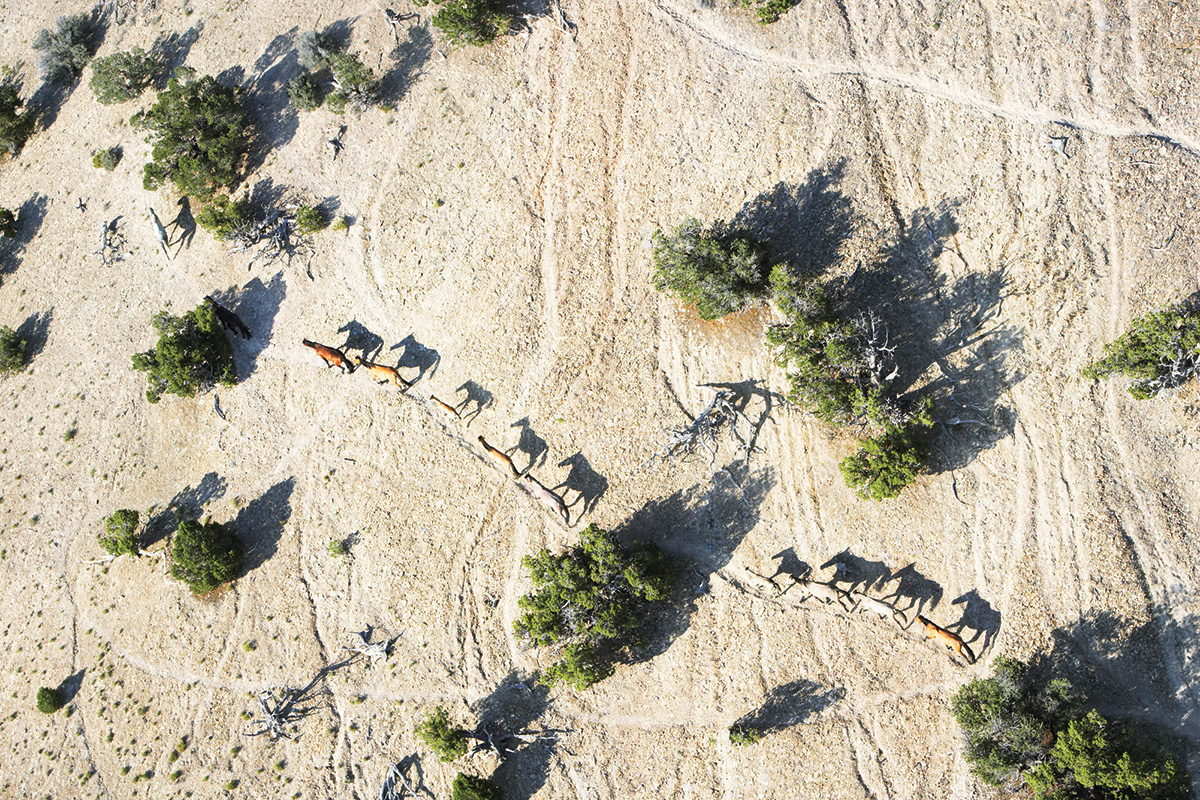
“There are some public lands where the horses can be found, but those are not federally protected,” says Lutterman. “We have a large diversity of situations that we manage with our wild horses and burros.”
Wild Horse Population Spike
Currently, the BLM manages wild horses and burros in 177 herd management areas that cover 26.9 million acres of public lands across 10 Western states. As of March 1, 2021, the BLM estimates there were approximately 71,735 wild horses and 14,454 wild burros on these lands. This is in addition to the 59,007 (as of December 1, 2021) wild horses and burros receiving care on BLM off-range facilities.
In recent years, the wild horse and burro population has experienced a rather significant population spike. This has prompted more action in regard to gathers and fertility control treatments. If there is no oversight by the BLM, the agency believes that the herds could have a 15-20 percent growth rate, and based on numerous studies, the population numbers are susceptible to doubling every four or five years.
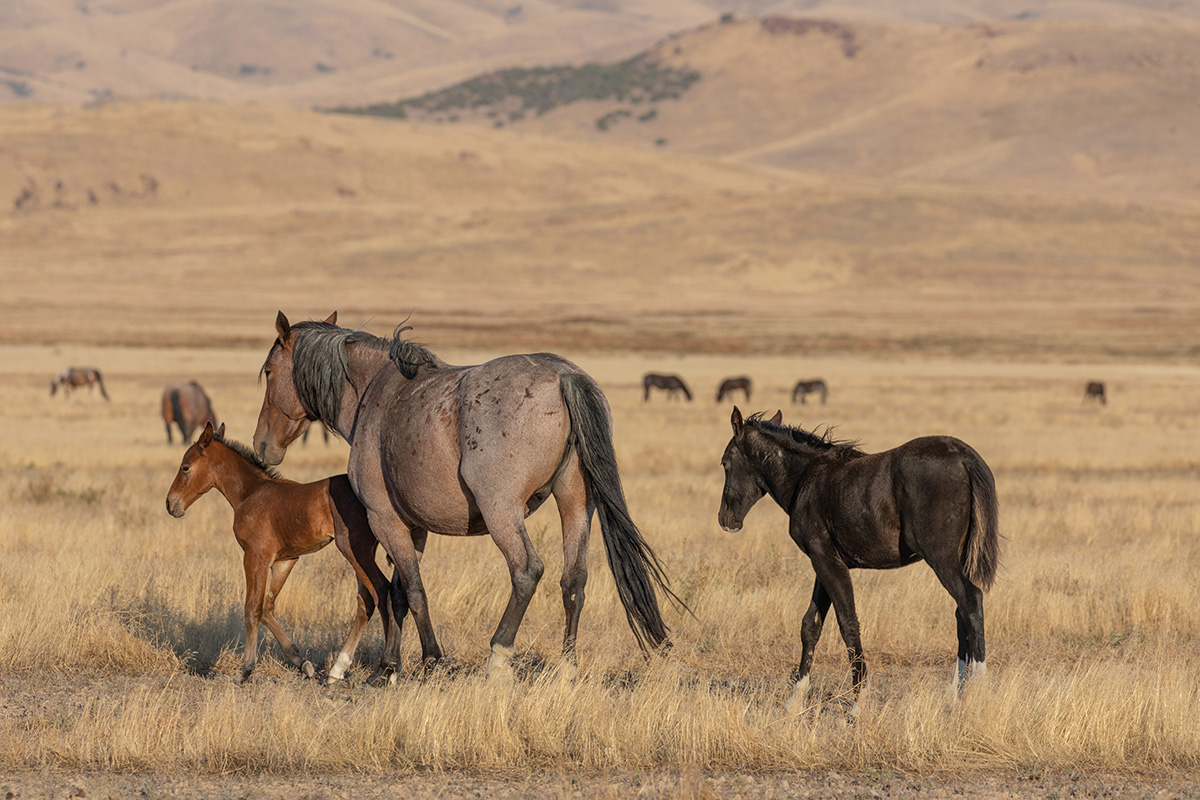
“The population spike is mostly due to the fact that [the BLM] has not been removing as many wild horses or burros, or doing as much population control to help slow that growth,” says Lutterman. “However, if the BLM had not been doing any management at all, this growth rate would be much quicker, thus getting unmanageable.”
Wild Horse Fertility Population Control Methods
Because of the nature of a wild horse, the majority of any vaccination protocol is done much differently than your standard domestic horse’s health care. Fertility control is handled mostly in one of two different ways: darting or catch and release. The BLM explains that each method is chosen based on a local level, because no two herds are alike.
“Whether a herd can be darted depends on different factors,” explains Lutterman. “Some main factors being if there are enough trained volunteers or BLM staff available to do the darting, or if you can actually get close enough to the horses or burros to dart them.”
Lutterman says that the herds that are close to major populations, such as in Reno, Nev., are already used to seeing people, so volunteers can get a little close to dart them. More remote herds can be harder to find, attract and dart, so they must plan for catch and release.
Once a herd is gathered, the horses are herded into corrals, much like cattle on a ranch, where they are given their immunocontraceptive vaccination and marked with a freeze brand that states the year the horse was vaccinated and the type of vaccine. This way the BLM can follow up with the correct booster at the correct time.
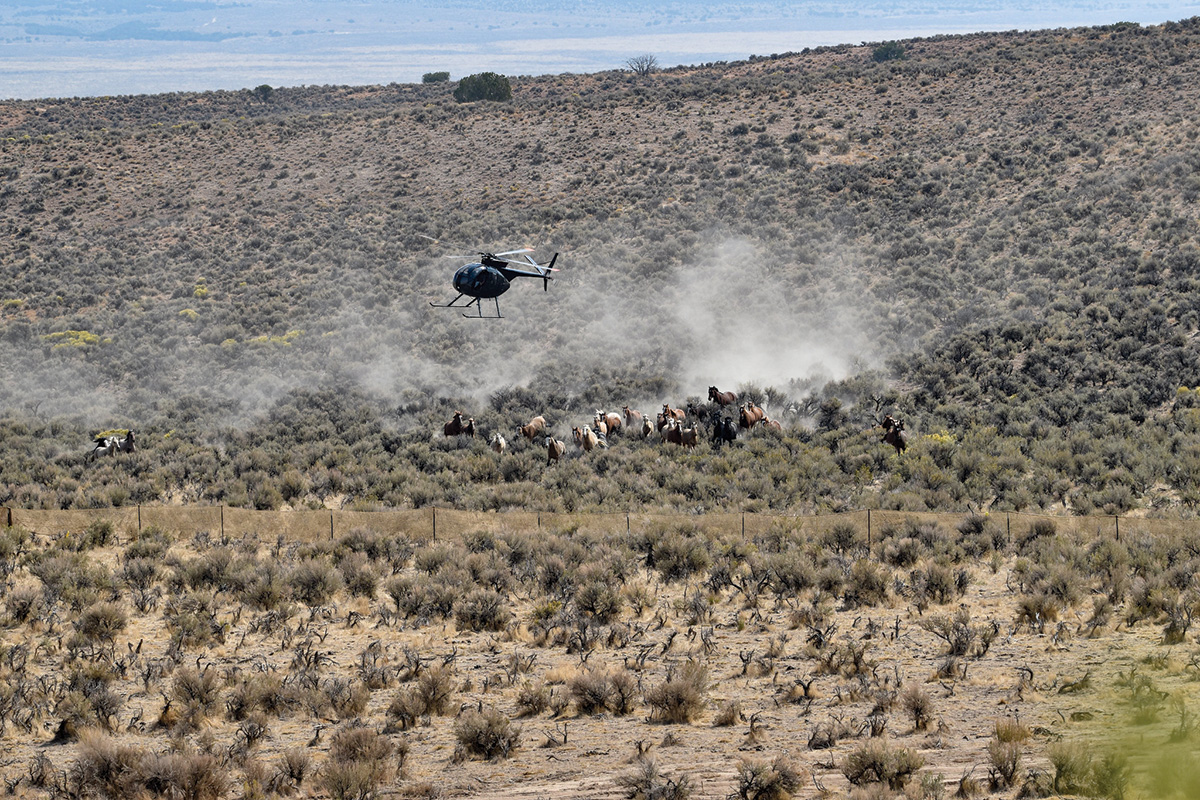
The BLM has mainly been using one of two different fertility control methods: immunocontraceptive vaccination or implant. The choice as to which method is used on which mares follows a line of factors, including what has been the current method of treatment.
◆ Oocyte Growth Factor (OGF): An immunocontraceptive vaccine; the BLM is seeking a one-dose vaccine that can cause long-term infertility for multiple years.
◆ Porcine Zona Pellucida (PZP): An immunocontraceptive vaccine that requires a booster 4-6 weeks after the initial inoculation and annual booster thereafter to maintain infertility.
◆ GonaCon: Gonadotropin-releasing hormone (GnRH) antigen vaccine called GonaCon-Equine. It is injected first with a primer vaccination, then followed up with a booster 30 days after the primer. This particular vaccine can cause four to six years of infertility; however, research is very limited on this treatment.
◆ Intrauterine Device (IUD): Much like a human intrauterine device, the IUD that the BLM uses is a Y-shaped, silicone insert, but it’s specially designed for horses. An advantage to its use is that it provides effective contraception, so long as the IUD stays in the uterus. So far, it appears that it can work for several years. A disadvantage is that IUDs can interfere with an ongoing pregnancy, so they can only be used in non-pregnant mares. According to the BLM, more than 65 percent of wild mares are typically pregnant on any given day—and in some herds, the rate is over 90 percent—so the sheer number of mares that would be candidates for an IUD is a limitation.
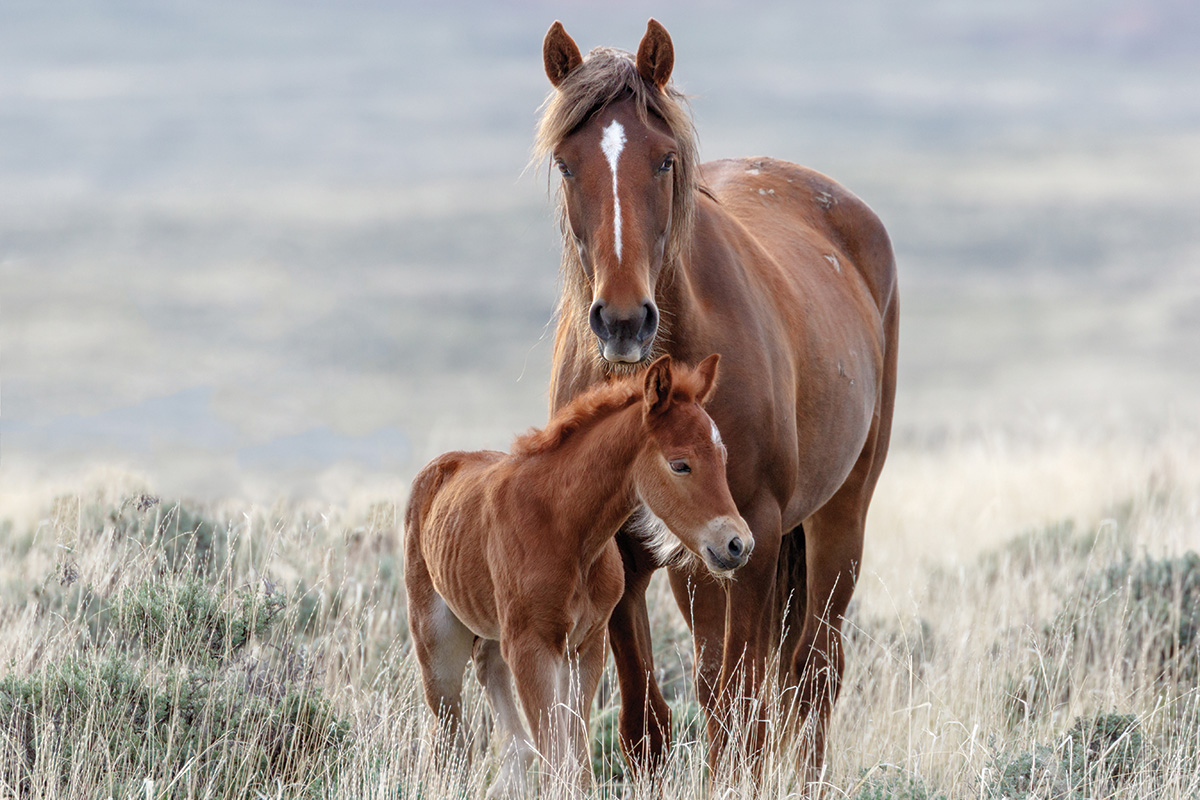
The BLM works in partnerships with universities and the United States Geological Survey for research and development projects. The BLM has issued solicitations for research projects — including fertility control treatment — for the wild horses and burros in the past (most recently in 2021). Project proponents may submit unsolicited research proposals to BLM at any time, which are reviewed by a panel and recommended for approval based on funding and agency priorities.
Pros and Cons
The use of different immunocontraceptive vaccinations are controversial. As of press time, Suzanne Roy, executive director of the American Wild Horse Campaign (AWHC), says her group has given 5,185 PZP treatments to wild horses in the past three years.
American Wild Horse CampaignThe Bureau of Land Management is not the only group working on the population control problem with wild horses. The American Wild Horse Campaign (AWHC), based in Reno, Nev., tirelessly works alongside the Nevada Department of Agriculture to observe and manage their own herds. About 3,000 horses on 300,000 acres of land are managed by the group using the porcine zona pellucida (PZP) darting program. “We’ve treated about 1,200 to 1,400 mares with more that 5,000 treatments,” says Suzanne Roy, executive director for the AWHC. “In 2021, we saw a 44 percent reduction in foaling rate over the previous year. We’ll be completing the third year of this program in April.” Foaling typically starts about March, so this will be the first year the AWHC will see a full effect of their program, and Roy believes they will see an even higher foal rate reduction. “This is a population of horses that are suffering from the effects of habitat loss—there’s been huge growth in the Reno area,” she says. “Our program is an aggressive fertility control program to reduce the population size in that area humanely without moving the horses.” Learn more about the AWHC at www.americanwildhorsecampaign.org. |
“We use the PZP vaccine because it creates an immune response in mares that prevents fertilization, but it doesn’t mess with their hormonal balance,” she says. “The reason we advocate for it is because it’s reversible and it maintains the natural reproductive hormones that drive wild horse behavior.
“Think of it this way: With domestic horses, we geld the stallions because we want to impact that behavior, right?” Roy continues. “But in the wild, we want the horses to maintain as much of that natural behavior as possible.”
Both Lutterman and Roy say that the fertility control treatments have not shown to have any effect on the natural state of the herd or in the livelihood of the treated mare.
“The mares are still cycling,” says Roy. “So there is no change in their behavior, and there’s always some change every breeding season, but nothing like the mares being mistreated or shunned.”
However, Roy states that in one study that was done on a very small population on an island, it was found that treated mares had less fidelity to their bands, so they would leave and join other bands.
“But here’s the thing: Is that because of the vaccine? Or the absence of the foal?” she asks. “Because as most moms know, if you don’t have a baby, you have more flexibility. It was one small study, but we’re seeing so many horses, and we know these bands, and we don’t see anything out of the ordinary in terms of their behavior.”
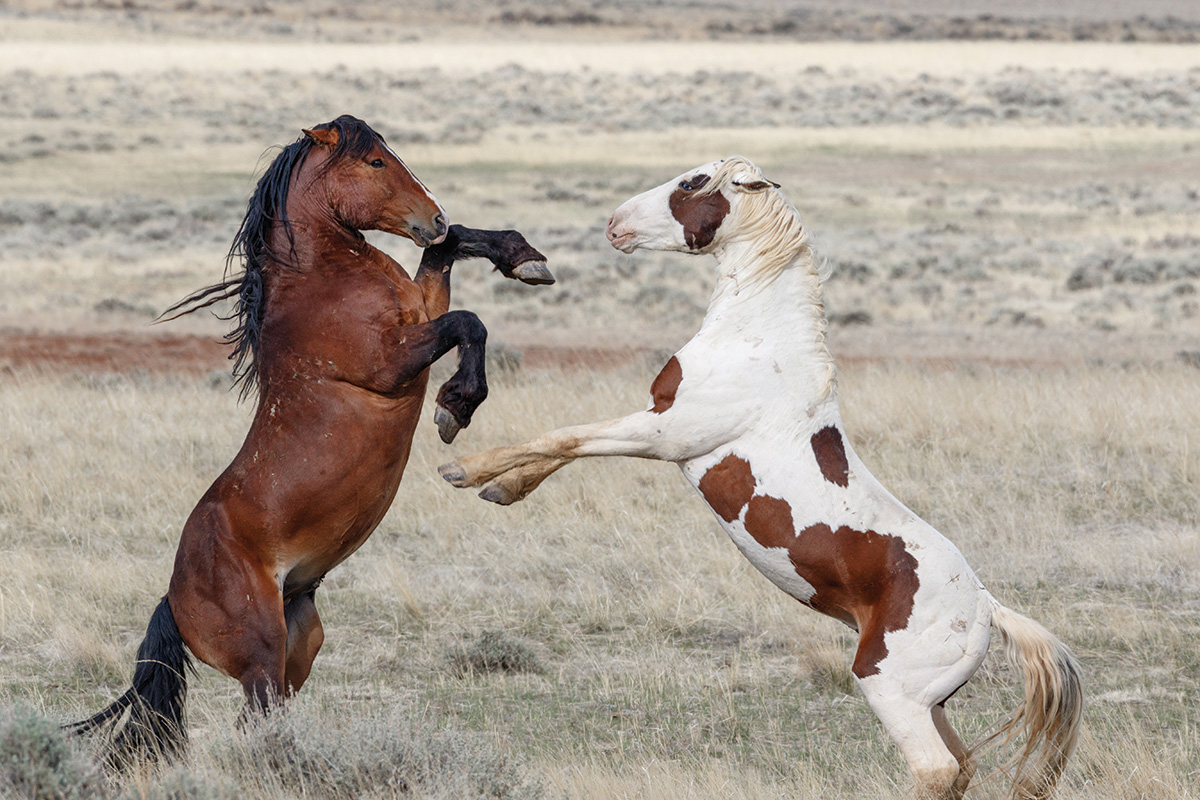
Ultimately, population growth or decline results from birth rates, survival rates, and movements in and out of a population. Wild horses are the descendants of domestic horses, and they have remarkably high birth rates for an herbivore of their size.
A recent study out of Oregon by Grant and colleagues showed a remarkably high pregnancy rate, even among 2-year-old female wild horses, with some herds shown to have over 90 percent pregnancy rates. Survival rates also tend to be extremely high; it is not uncommon for wild mares to live into their 20s.
“One of the ironic effects of fertility control is that it tends to increase mare longevity,” says Lutterman. “So even in places where nearly every mare has been treated, it does not lead to as rapid of population size declines as one might expect, which is why the BLM must still gather and remove excess horses to reduce overpopulation.”
The Adoption Option for Wild Horse Population Control
As part of the population control, the BLM conducts gathers where wild horses are herded together and taken to an off-range facility. There, each horse is freeze-branded with an identifying brand, given regular vaccinations (much like domestic horses are), checked by a veterinarian, and prepared for a transition to the domestic life.
“We try to find homes for every animal that we bring off the range, but unfortunately that’s not always the case,” says Lutterman. “Those horses are transferred to off-range pastures, which are large pasture facilities where the horses are turned out and cared for.”
These off-range pastures are mostly located in the Midwest and Upper Great Plains (Oklahoma, Kansas, et cetera), where the land is generally more productive and horses can graze the grassland. The BLM has a subset of these types of facilities, called Public Off-Range Pastures, with a dual mission of providing long-term care for the animals while also being open to the public to show how the wild horses live on the pastures as an educational component.
What’s Ahead
The management of the wild horse herds may always be a controversial topic between animal welfare groups and the U.S. government. It’s important to note that both parties understand the importance of the animal, but also the fragility of the environment, the importance of history, and the welfare of the horse.
“It’s important to manage appropriately, because there may be too much control,” says Roy. “It depends on the population. In a population where you’re trying to stabilize the growth, one thing you do is let every mare contribute to the gene pool before treating them. Some programs will dart young horses for two years to keep them from foaling for their health, then let them foal, and then start treating them again. Then each horse has the ability to contribute to the gene pool.”
What About Wild Burros?The Bureau of Land Management (BLM) reports that fertility control treatments are currently being studied on wild burros in Arizona, where their populations have spiked much more than the wild horse. The BLM is working alongside the Humane Society of the United States on using PZP for the wild burros. However, Jason Lutterman, public affairs specialist with the BLM, says that the BLM is more proficient in gathering the wild burros and making them available for adoption than wild horses. “The wild burros are more readily adoptable, and we can find homes for them much easier than the horses,” he says. “People tend to be more willing to adopt the burros, because they seem to tame and train a lot easier.” For this reason, the BLM does not have any long-term care facilities for the burros. |
This article about population control of wild horses appeared in the May 2022 issue of Horse Illustrated magazine. Click here to subscribe!

